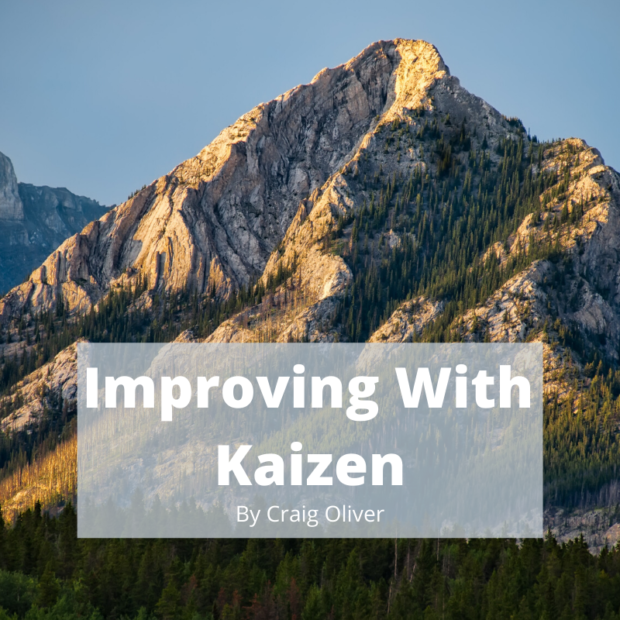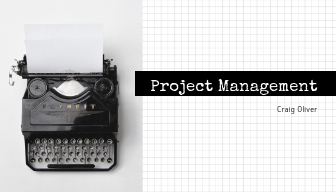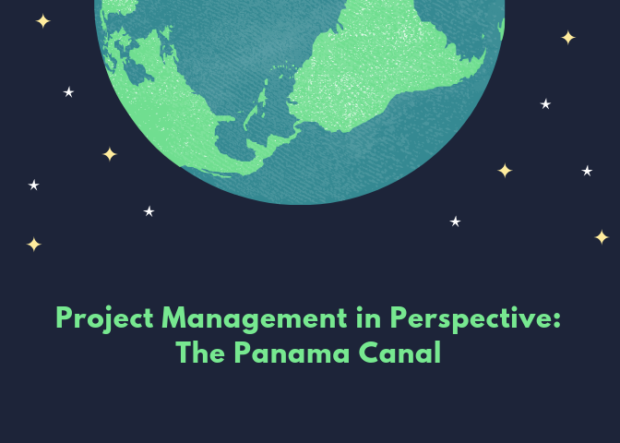I’ve been harping on the importance of CRM programs for about a decade now (here’s the last time), yet it still hasn’t caught on the way it should. This is the year that changes. Like with most technology, competition, economies of scale, and innovation have driven costs down significantly. Not only are they cheaper, but the functionality and value has simultaneously increased dramatically. Now, you can even get basic versions of a CRM program for free. It’s why acquiring and implementing a CRM program is my #1 recommendation for every business, regardless of industry or target market, if you’re looking to increase revenue.
Whether you work for a large and complex company, or if you’re an independent freelancer, or if you’re a sales mercenary who is compensated by getting to “eat what you kill,” there is a CRM program out there for you. Regardless of your budget (or lack thereof), you can customize the level of sophistication of your CRM program, as they all have various subscription levels. Further, there was recently an absolutely game changing announcement from one of my CRM platform preferences (and the one I personally use for my business).
Zoho One – An Operating System for Business
“Zoho One is a broad and cohesive set of applications that work collectively to run an entire business on the cloud. It includes more than 40 web applications and an equal number of mobile apps—under a single sign-on, with centralized administration and provisioning—making it a true operating system for any business. While each application punches above its weight against the competition, collectively they deliver a knockout punch.
With Zoho One, we’ve put together all the applications a company needs to acquire and serve its customers (marketing, sales, automation, and support apps); run its operations (finance, recruiting, and HR apps); and provide all the tools for its employees to work collaboratively and get their work done (office suite, mail, personal productivity, and collaboration apps). Almost any company has these same needs. With Creator, our drag-and-drop app builder, customers can even build custom apps for unique business needs—like logistics scheduling—and put them under the same umbrella that forms the single operating system for their business.
Zoho One is available at $30 a month—or just about a dollar a day, per employee. ($35 if you pay on a month-to-month basis).”
While WIMS, Inc. is platform agnostic (we work with all of them, including Salesforce, HubSpot, Microsoft Dynamics, and Insightly among others) it’s getting more difficult not to refer my clients and prospects straight to Zoho right now. There are of course exceptions, but they’ve built something special, particularly for entrepreneurs and small businesses.
Now, back to the more general CRM theme.
They all integrate with your email provider of choice, along with most social media channels, so tracking communications is easy (and automated). There are an incredible number of third-party add-ons you can incorporate depending on how robust your operations processes are to add additional functionality too.
Most importantly however, is that the ROI (return on investment) will more than make up for the expense.
CRMs help you automate your sales process. The more automated your sales cycle and follow up efforts can be, the greater volume of deals your business will be able to close. Further, the more accurate data you have about your sales cycle, the more deeply you can analyze it to gain insight that will not only help increase revenue, but ultimately help you improve:
- Close rates,
- Customer service and retention,
- Length of sales cycle, and
- Forecasting efforts and projections.
While implementing a CRM program can be a significant commitment initially, if you do it right, the benefit to your business is invaluable. With just under two months left in 2019, now is the perfect time to start planning and conduct your due diligence to start 2020 with yet another New Year’s resolution.








